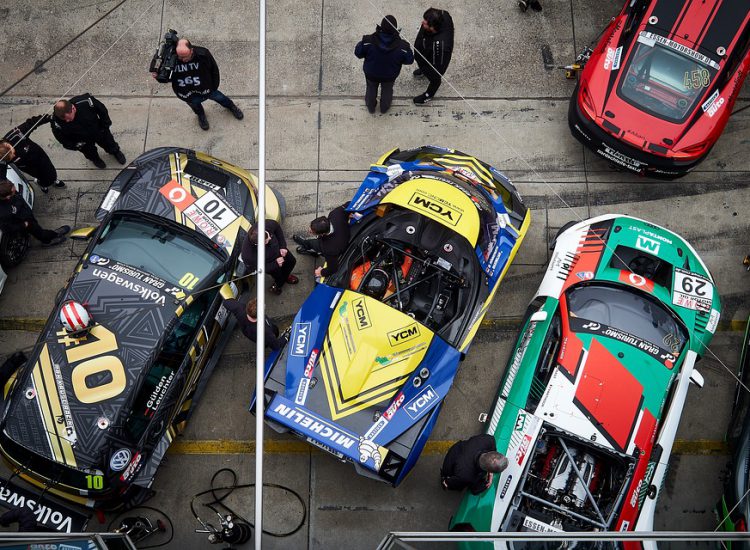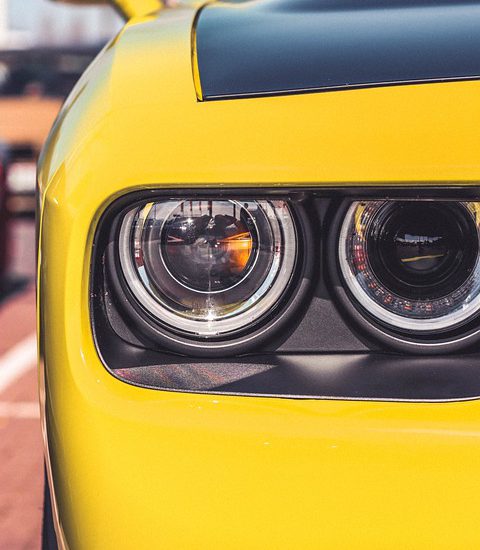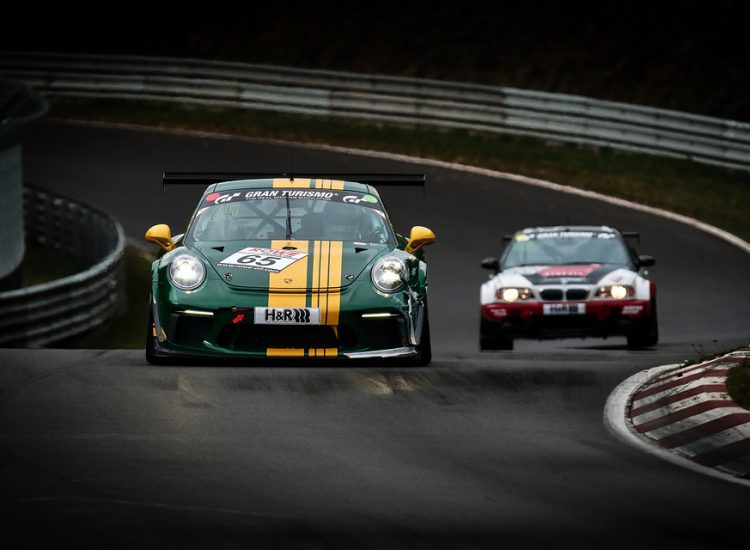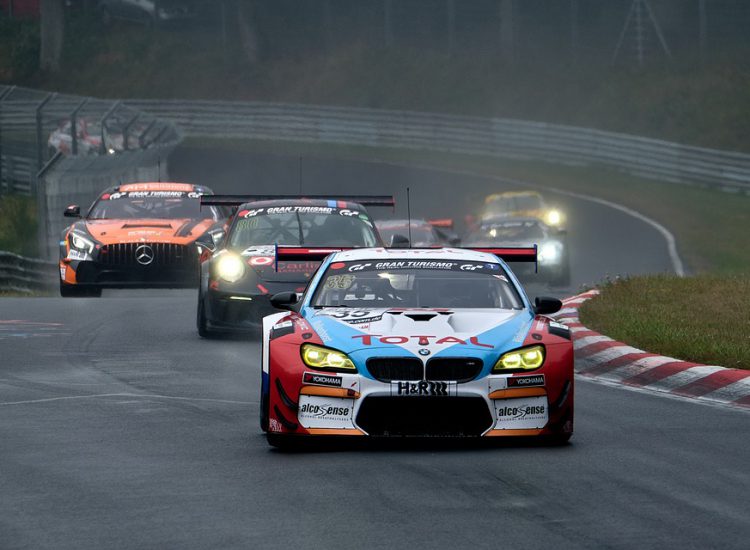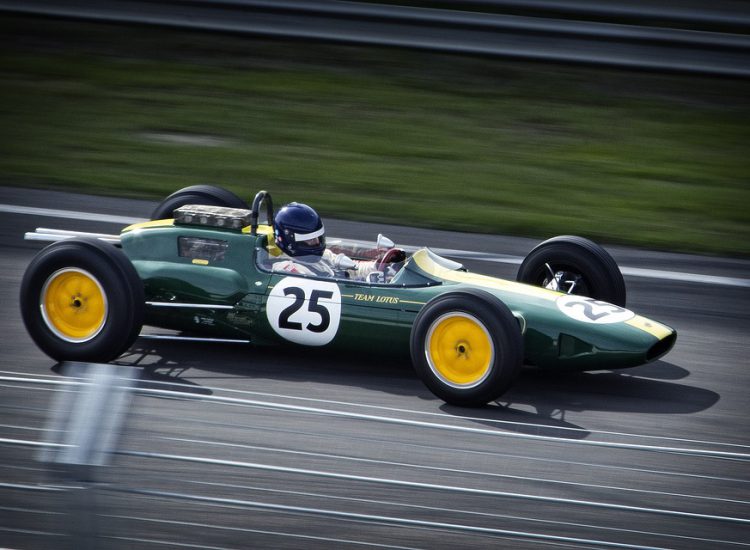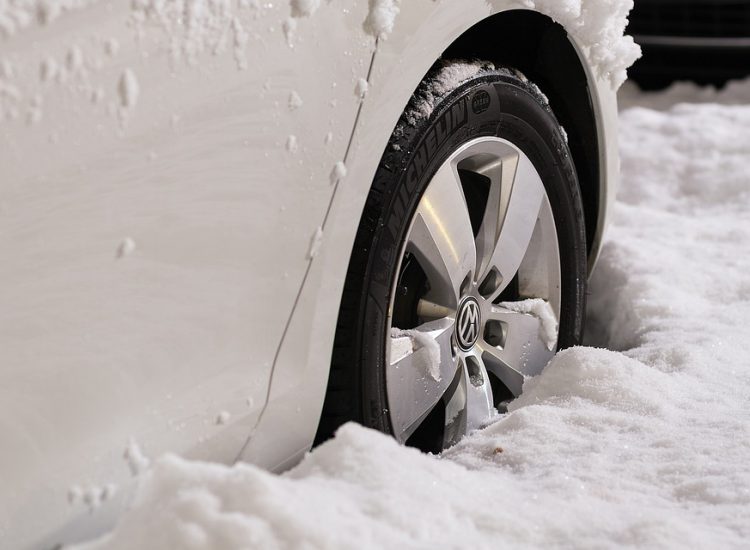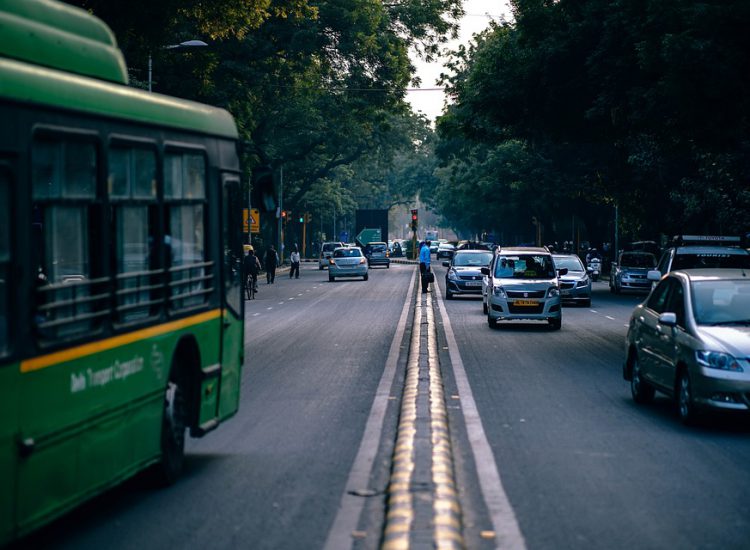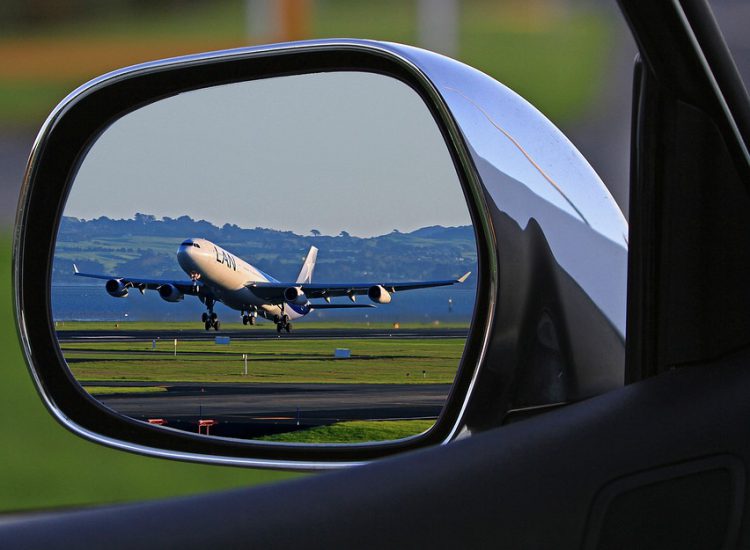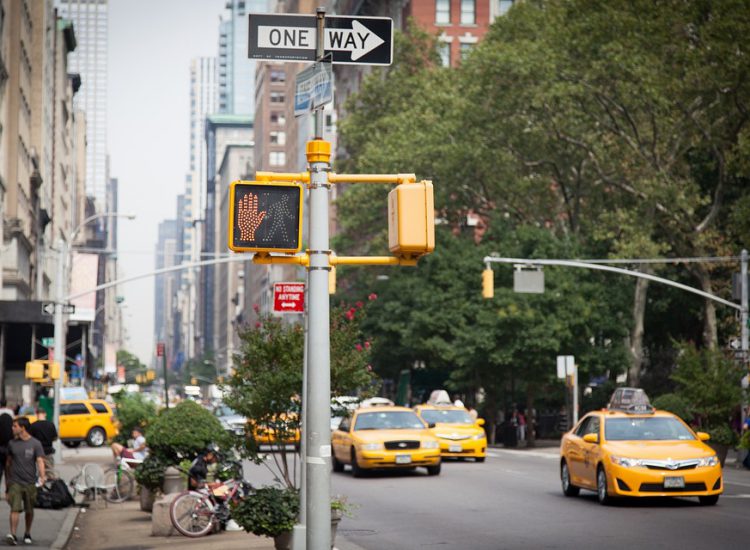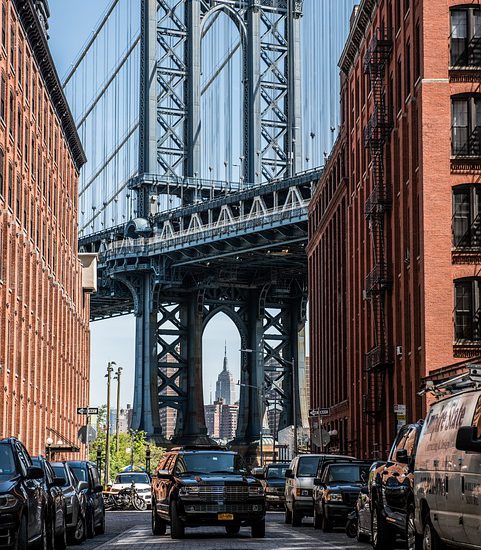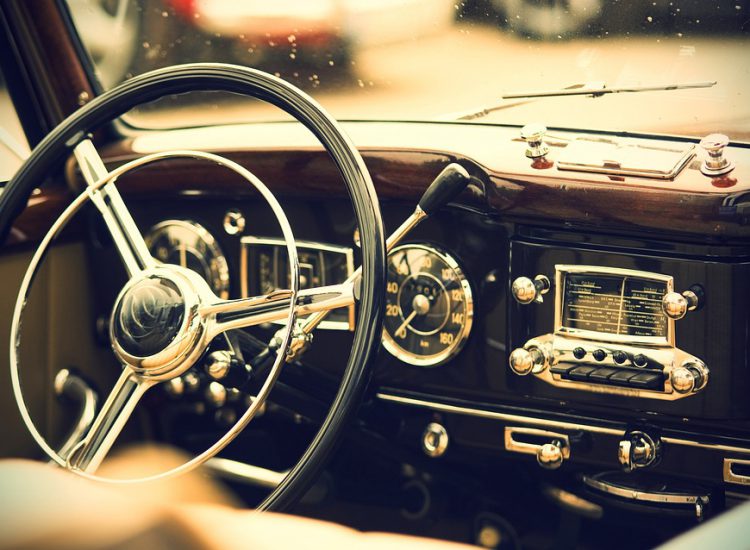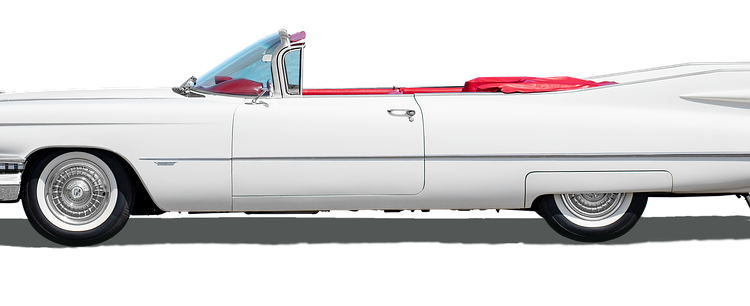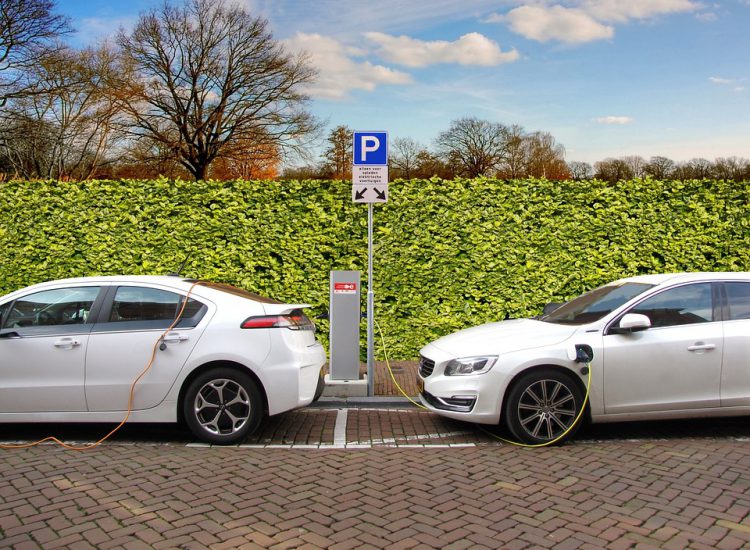A review of the Sunbeam Tiger Mark 2 sports car, covering development, important features and technical data for this ninth model in the Sunbeam range.
In this article, I offer a nostalgic look at the Sunbeam Tiger Mark 2, one of an elite group of classic cars, built from January to June 1967.
Sunbeam tiger sign 2
When the Mark 1A was discontinued in December 1966, it was succeeded, a month later, by the Sunbeam Tiger Mark 2 sports car.
The main feature of this model was the engine, which was a bored version of the 260-cubic-inch engine with a longer stroke.
The revised engine, now with a displacement of 289 cubic inches (4.7 L), developed 200 hp at 4,400 rpm.
Other characteristics of the Mark 2 include:
- A new “eggcrate” grille design, consisting of horizontal slats instead of a single horizontal bar, was the defining feature of the Mark 2
- The chrome band and tiger insignia on both wings have been removed and replaced with a stainless steel mould
In essence, aside from the larger engine and redesigned grille and speedlines, the Mark 2 sports car was very similar to the Mark 1A.
The new model, not available in the UK, was marketed specifically for export to the US, where it was named the Tiger 2.
By this time, the Rootes Group had been acquired by Chrysler, and the badge displaying “Powered by Ford 260” had been replaced with a badge saying “Sunbeam V8”.
Featuring a 289-cubic-inch engine, and being produced in small numbers, the Mark 2 was probably seen as the most favourable.
Although it still retained the Ford twin-choke carburetor, the Mark 2 differed from its predecessors in the following way:
- The compression ratio has been increased from 8.8 to 9.3:1
- Improved valve springs to eliminate the problem with the 260-cubic-inch engine
- Engine oil cooler
- The dynamo was replaced by a generator
- Larger, hydraulically operated, single dry plate handle
- Wider gear ratios
- Redesigned rear axle
- Chrome strips down the side have been replaced by speed strips
- The radiator grille has been modified
- Remove the headlight covers
The Tiger’s cramped engine compartment created a number of problems, including:
- The spark plugs on the left side were accessed only by means of a hole in the diaphragm covered by a rubber plug
- The oil filter should be repositioned from the bottom left of the block to the top on the right, behind the alternator
The Mark 2 sports car was phased out in June 1967 after only 536 units had been built.
This means that a total of 7,085 Sunbeam Tigers, covering Marks 1, 1A and 2, were produced in approximately three years.
Replica tigers
During the 1970s, there were many inexpensive used Alpines that allowed individuals and others to turn them into Sunbeam Tigers.
The problem at the time was how to identify these conversions.
The solution was the International Registry of Sunbeam Tigers which keeps data on every real tiger, such as engine/chassis number and current ownership, where known.
Furthermore, the Sunbeam Tiger Owners Association used a unique method in which the body shell was studied in order to determine the tiger’s collecting techniques.
The result was that once the car was verified to be an authentic Tiger, a permanent, non-removable registration tag was attached to an unobtrusive body panel.
The end of the tiger
By 1964, the Rootes Group’s financial situation had become very precarious.
At the same time, Chrysler was looking to strengthen its position in Europe and therefore, in June 1964, acquired a non-controlling interest in Rootes.
By 1967, the UK government allowed them to acquire a full controlling interest.
One engine the Rootes group considered for the Tiger was GM’s proprietary 3.5-liter aluminum V8.
However, this option was removed when Rover took over the engine.
After the acquisition, Chrysler’s plan was to install a 273-cubic-inch V8 in the Sunbeam Tiger, as it had already been used in Dart and Barracuda saloons.
Unfortunately, they encountered the following problems:
- Their own small block 273 cubic inch, V8 engine would not fit in the Tiger’s engine bay because the distributor was in the back, while the V8 was in the front
- The big block V8 had a splitter up front, but it was too big
Realizing that it would cost too much to modify the Tiger’s engine bay to accept the 273 cubic inch V8, Chrysler decided to phase out the Tiger once the existing inventory of Ford V8 engines was depleted.
Meanwhile, Chrysler added its own logo to existing vehicle badges, and removed all references to Ford in its sales literature.
Thus, the last Sunbeam Tiger Mark 3 sports car was assembled by Jensen on June 27, 1967.
Tiger Racer
In 1964, three highly modified production Tigers were fitted with fastback bodies made by LIster Cars, best known for the Lister Jaguar, and entered the Le Mans 24 Hours, where they were timed at over 160 mph.
Based on the Alpine Series 4, Carroll Shelby was asked to build a Tiger racing car, which duly won the SCCA (Sports Car Club of America) Class B Championship in the 1964 Pacific Coast Championship at Willow Springs, defeating Jaguars, Stingrays, and Cobras.
Later, the car was reassigned to the Hollywood Sports Car Dealership.
In 1965, her first race with them was the Santa Barbara Road Race, in which she won the Class B.
Later that year, she finished third in the center’s Pacific Coast Division.
It was also raced on drag strips and, for two years, held the American Hot Rod Association national title.
She got into European rallies, finishing in the top three at the 1964 Geneva Rally.
In the 1965 Monte Carlo Rally, two tigers were entered, finishing fourth and eleventh.
By 1966, after the Acropolis Rally in which it took first place in its class, the sports car was no longer entered in off-road competitions, since its low body was not suitable for these conditions.
This marked the end of the Tiger Mark 2’s Sunbeam
This stroll down memory lane may have answered or at least shed light on a possible question:
Which Sunbeam sports car is it for you favorite?
However, if this question remains unanswered, I will review, in some detail, in future articles within this site, the full range of Sunbeam sports cars that appeared in the memorable era from 1948 to 1967.
I hope you’ll join me on my nostalgic travels “down sports car memory lane”.
